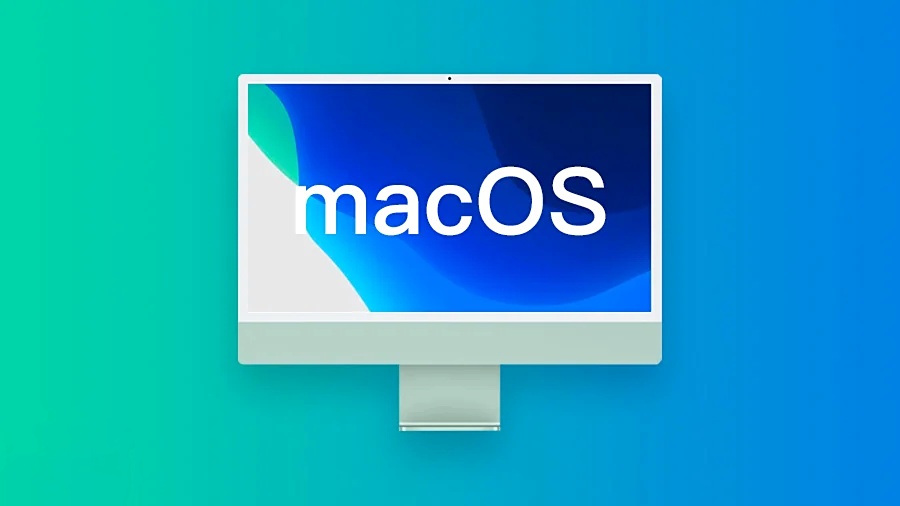In contrast, the combined sales of the 16 largest global automakers analyzed by EY grew by 1.6%, surpassing the €2 trillion ($2.2 trillion) mark.
Although German manufacturers still accounted for nearly 30% of this total — generating €613 billion — their market share shrank compared to the previous year.
Among the major global players, only Stellantis fared worse in terms of sales growth, with the Opel parent company recording a 17% decline.
German carmakers also struggled in terms of operating profit, falling well behind Japanese and US manufacturers, which performed significantly better.
EY market analyst Constantin Gall attributed the difficulties of German automakers to weak sales and costly investments in electric mobility, which have yet to deliver expected returns. “Demand is nowhere near as strong as hoped,” Gall said, pointing to additional challenges such as software failures, restructuring expenses and recalls.
In 2023, premium brands were still able to charge high prices, Gall explained. However, he noted that this has changed, as economic uncertainty and global conflicts have significantly weakened demand, forcing competition to shift back to pricing.
German automakers are also particularly concerned about the growing competition from Asian manufacturers, which offer innovative yet inexpensive vehicles.
The automotive industry is grappling with weaker economic conditions and sluggish demand, especially for electric vehicles.
Several manufacturers and suppliers have already announced cost-cutting measures, including job cuts, in recent months.
Adding to the pressure, the escalating trade dispute with the United States could further disrupt the market. On Wednesday, US President Donald Trump followed through on his threats, announcing a 25% tariff on all car imports into the US starting in early April.
This comes at a particularly difficult time for German automakers, as the US remains their largest export market, according to the latest data from Germany’s Federal Statistical Office.









